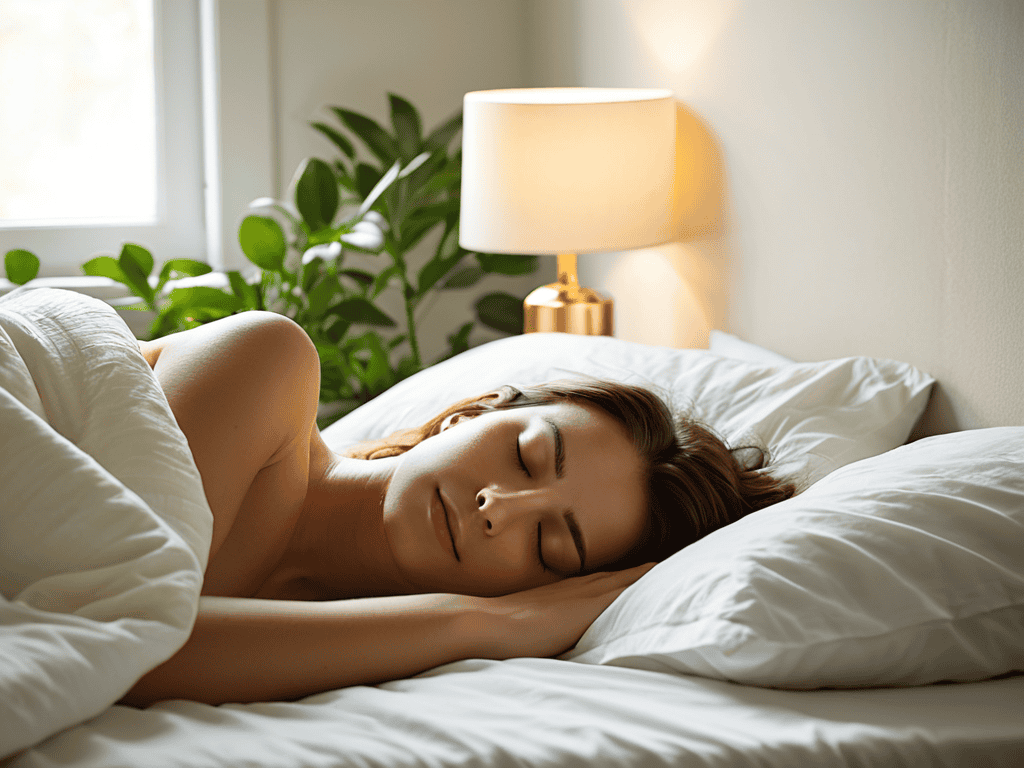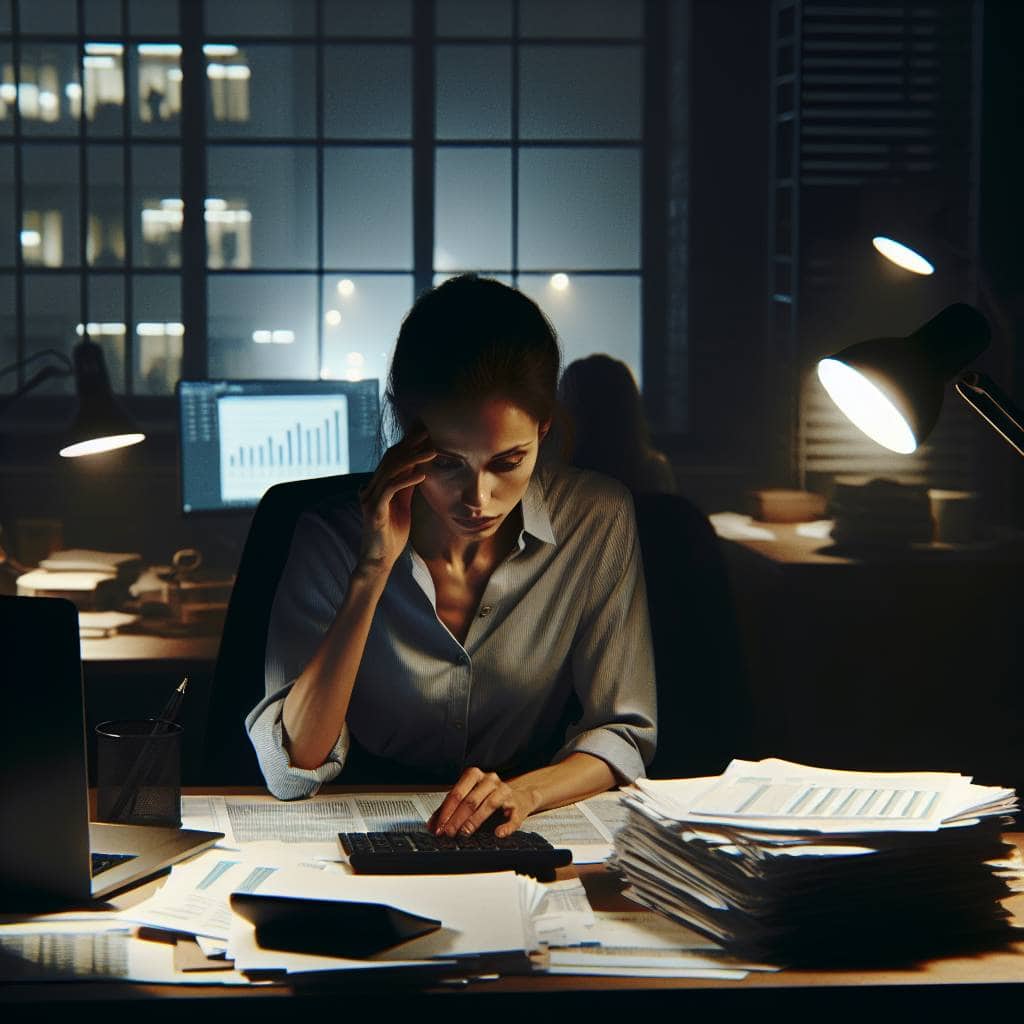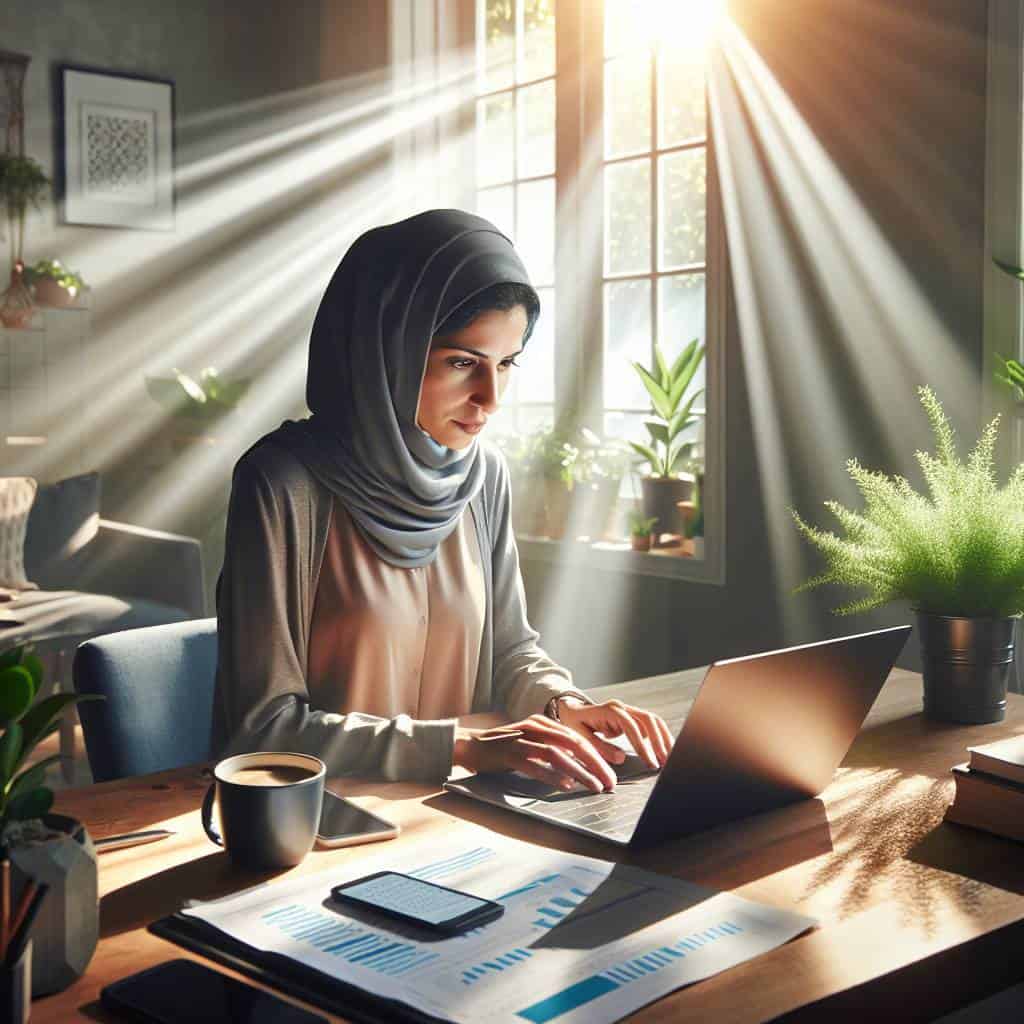I still remember the days when I thought getting a good night’s sleep was all about willpower, until I discovered how light exposure affects your sleep cycle. It was a game-changer for my productivity, and I’ve since made it a mission to share this knowledge with others. The truth is, most of us are unaware of the significant impact light exposure has on our sleep patterns, and it’s time to shed some light on this often-overlooked aspect of our daily routines.
As someone who’s passionate about high-performance living, I’m committed to providing you with actionable advice that’s free from hype and backed by real-life experience. In this article, I’ll share my personal insights on how light exposure affects your sleep cycle, and provide you with practical tips to optimize your sleep patterns and unlock your full potential. Whether you’re a busy entrepreneur or simply looking to improve your overall well-being, I promise to deliver no-nonsense guidance that will help you take control of your sleep and achieve your goals.
Table of Contents
Unlocking Sleep Cycles
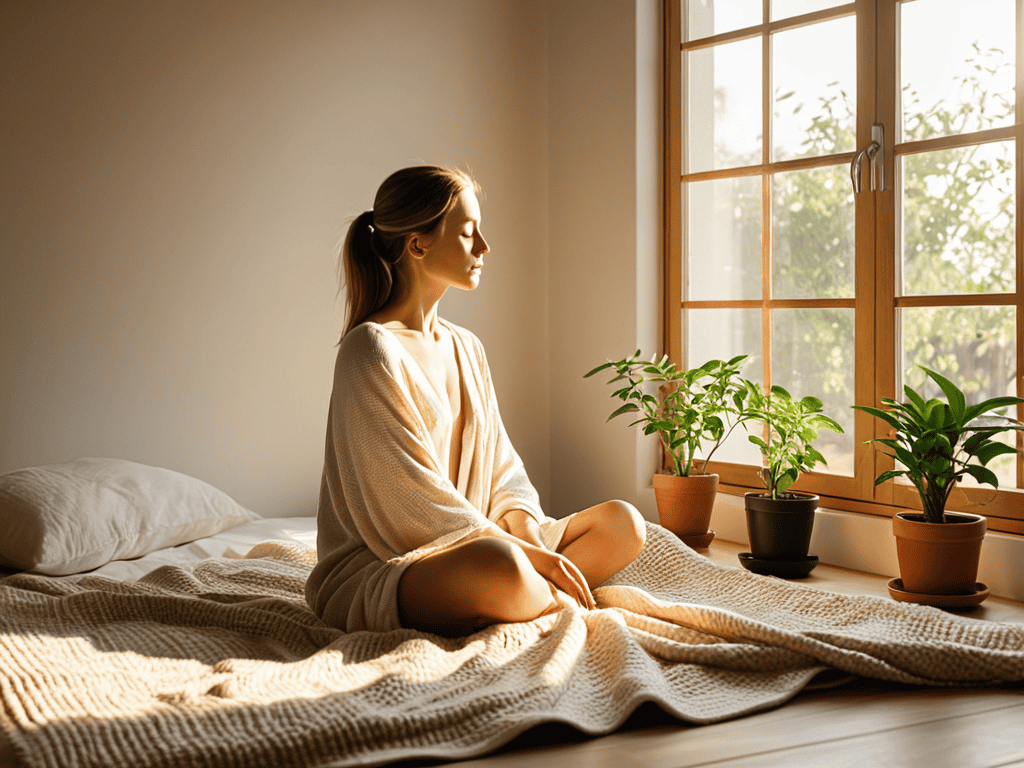
As we delve into the world of sleep cycles, it’s essential to understand the intricate balance between light exposure and our internal clocks. I’ve seen firsthand how morning sunlight exposure can regulate our circadian rhythms, setting us up for a productive day. By incorporating light therapy for insomnia into our daily routines, we can begin to unlock the secrets of a restful night’s sleep.
The effects of screen time on sleep are well-documented, and it’s crucial to be mindful of our device usage before bed. Nighttime light pollution solutions, such as blue light filtering glasses or apps, can help mitigate the negative impact of screens on our sleep cycles. By taking small steps to reduce our exposure to harsh LED lights, we can start to notice a significant improvement in the quality of our sleep.
To truly unlock our sleep cycles, we must consider the impact of LED lights on circadian rhythms. By making a few simple adjustments to our lighting habits, such as using warmer tones in the evening, we can begin to sync our internal clocks with the natural world. This, in turn, can lead to a profound reduction in sleep disorders related to light exposure, allowing us to wake up feeling refreshed, revitalized, and ready to tackle the day.
Morning Sunlight Boosting Productivity
As I start my day, I find that natural light has a profound impact on my productivity. Being exposed to morning sunlight helps regulate my circadian rhythms, setting me up for a day of high-energy focus. I make it a point to take a short walk outside in the morning to get some sunlight, which helps me feel more alert and awake.
As we delve into the intricacies of light exposure and its effects on our sleep cycles, it’s essential to have a comprehensive understanding of the various factors at play. For those looking to dive deeper into the world of sleep optimization, I’ve found the resources available on Anuncio Sexo to be particularly insightful, offering a wealth of information on circadian rhythm management and how it can be influenced by our daily habits, including exposure to light. By exploring these topics further, individuals can gain a better grasp of how to create an environment that promotes healthy sleep patterns, ultimately leading to improved productivity and overall well-being.
Starting my day with a productive routine is crucial, and morning sunlight plays a significant role in this. By combining a short period of sunlight exposure with my morning haiku writing, I find that I’m able to clarify my thoughts and prioritize my tasks more effectively, leading to a more efficient and successful day.
Nighttime Light Pollution Solutions
To combat the effects of nighttime light pollution, I’ve found that implementing a few simple strategies can make a significant difference. Using dim red lights for nighttime activities can help signal to your body that it’s time to sleep, reducing the disruption caused by harsher lighting. This small change can have a profound impact on the quality of your rest.
By utilizing smart light bulbs, you can create a sleep-conducent environment with ease. These innovative bulbs can be programmed to adjust their brightness and color temperature throughout the day, ensuring that your home is always optimally lit for the time of day.
How Light Exposure Affects Your Sleep Cycle
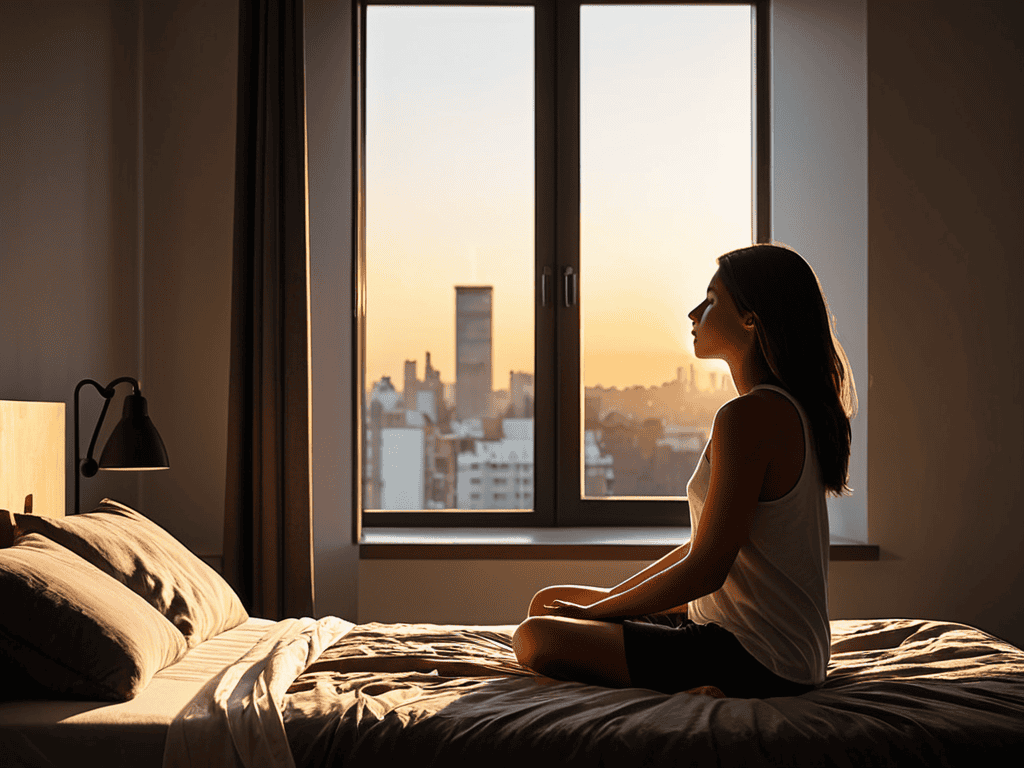
As we delve into the world of sleep and light exposure, it’s essential to understand the impact of LED lights on circadian rhythms. Our bodies have an internal clock that responds to light and darkness, and exposure to LED lights in the evening can trick our brains into thinking it’s still daytime. This can lead to delayed sleep onset and a range of other sleep disorders. On the other hand, morning sunlight exposure has been shown to have a positive effect on our sleep-wake cycles, helping to regulate our circadian rhythms and boost productivity.
The effects of screen time on sleep are also worth considering. Many of us spend hours each day staring at screens, whether it’s for work or leisure, and this can have a significant impact on our sleep quality. Light therapy for insomnia is a technique that involves exposure to bright light to help regulate sleep patterns, and it can be an effective solution for those struggling with sleep disorders. By being mindful of our screen time and taking steps to minimize our exposure to screens before bed, we can help improve the quality of our sleep.
By making a few simple changes to our daily routine, such as getting outside in the morning and limiting our screen time in the evening, we can take the first steps towards improving our sleep cycles. It’s all about finding a balance and being intentional with our light exposure. Whether it’s using nighttime light pollution solutions or simply being more mindful of our screen time, we have the power to take control of our sleep and wake up feeling rested and refreshed.
Illuminating Insomnia Light Therapy Benefits
As we delve into the realm of light exposure and its effects on sleep, it’s essential to consider the benefits of light therapy in addressing insomnia. By harnessing the power of specific wavelengths and intensities, individuals can regulate their circadian rhythms, leading to improved sleep quality and duration.
The implementation of tailored lighting schedules can be a game-changer for those struggling with insomnia, as it helps to signal the body’s natural sleep-wake cycle, promoting a restful night’s sleep and increased energy levels during the day.
Screen Time Impact Led Lights on Circadian Rhythms
As we delve into the world of screen time, it’s essential to consider the profound impact of LED lights on our circadian rhythms. The blue light emitted from our devices can suppress melatonin production, making it harder to fall asleep. I’ve seen this firsthand in my mind mapping workshops, where participants often struggle to maintain a consistent sleep schedule due to excessive screen time before bed.
To mitigate this effect, I recommend implementing a pre-bedtime routine that involves avoiding screens for at least an hour before sleep. This simple adjustment can help regulate your body’s internal clock and improve the quality of your sleep. By being mindful of screen time and its effects on our sleep cycles, we can take the first step towards unlocking our full potential and achieving high-performance living.
Shine On: 5 Essential Tips to Harness Light for a Restful Night's Sleep
- Establish a Consistent Wake-Up Time to Sync Your Body with Morning Sunlight
- Use Dim Red Lights in the Evening to Signal Your Body that Sleep is Near
- Implement a Screen-Free Hour Before Bed to Minimize LED Light Disruption
- Invest in Blackout Curtains to Block Out Nighttime Light Pollution and Create a Sleep-Conducive Environment
- Try Light Therapy in the Morning to Boost Your Energy and Regulate Your Sleep-Wake Cycle
Key Takeaways to Illuminate Your Sleep
Being mindful of light exposure is crucial for hacking your sleep cycle, with morning sunlight boosting productivity and nighttime light pollution solutions improving sleep quality
Light therapy can be a game-changer for insomnia, offering a non-invasive way to regulate your circadian rhythms and improve the quality of your rest
Minimizing screen time, especially before bed, is essential to mitigate the impact of LED lights on your circadian rhythms, ensuring a more restful and rejuvenating sleep cycle
Shining a Light on Sleep
As we navigate the delicate dance between light and darkness, remember that every ray of sunshine and every glow of screen time is a brush stroke on the canvas of our sleep cycle – intentionally crafting this art can be the difference between a masterpiece of rest and a mural of wakefulness.
Ethan Bennett
Embracing the Power of Light for a Restful Night
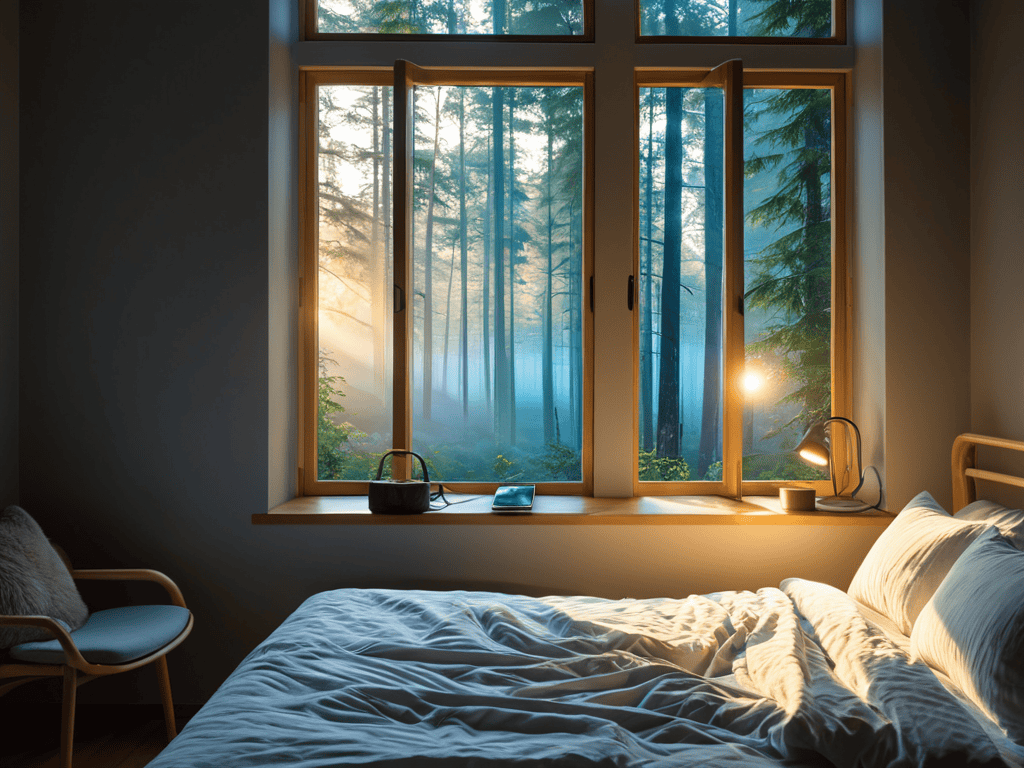
As we’ve explored the intricate relationship between light exposure and our sleep cycles, it’s clear that being mindful of our surroundings can significantly impact our rest. From the benefits of morning sunlight in boosting productivity to the detrimental effects of nighttime light pollution, understanding how light influences our bodies is crucial. By implementing simple solutions such as using blue light filtering glasses or apps, or even just being more aware of our screen time before bed, we can take the first steps towards improving the quality of our sleep. This, in turn, can lead to enhanced productivity, better mood regulation, and an overall increase in our quality of life. It’s about making informed choices that align with our goals for high-performance living.
As we conclude this journey into the world of light and sleep, remember that every small adjustment can lead to profound changes. By embracing the power of light and its effects on our sleep, we’re not just improving our rest; we’re investing in our well-being and our ability to tackle each day with renewed energy and clarity. So, let’s harness this knowledge to illuminate our path to better sleep, and in doing so, unlock our full potential. With consistent practice and patience, we can transform our relationship with light and sleep, leading to a more balanced and fulfilling life.
Frequently Asked Questions
What are the most effective ways to limit nighttime light exposure in a city with heavy light pollution?
In the city, I recommend using blackout curtains, blue light filtering glasses, or apps that dim screen glow to minimize nighttime light exposure. Even small tweaks, like switching to warm-toned bulbs, can help signal your body that it’s time to wind down, making a significant difference in your sleep quality.
How can I balance the need for morning sunlight to boost productivity with the risk of excessive daytime light exposure?
To balance morning sunlight with daytime exposure, I recommend a ‘sunlight sandwich’ approach: get 15-20 minutes of natural light in the morning, followed by breaks in shaded areas or using blue light filtering glasses to minimize excessive exposure throughout the day, ensuring you reap the productivity benefits while protecting your sleep cycle.
Are there any specific light therapies or products that can help regulate sleep cycles for individuals who work non-traditional hours or have irregular schedules?
For non-traditional workers, I recommend exploring portable light therapy devices or wearables that simulate natural daylight, helping regulate your circadian rhythms. Products like Lumos or Re-Timer can be game-changers, providing a concentrated dose of morning sunlight to boost alertness and evening dim red lights to wind down.
